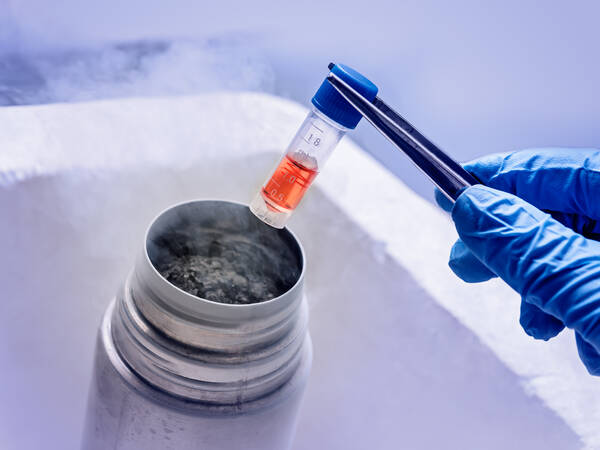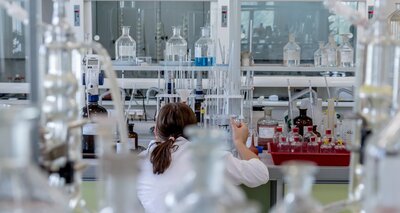

Storage of biological materials at low temperatures is a critical step in many biotech and (bio)pharmaceutical processes. Over the past years, I’ve seen cryopreservation gaining more and more momentum, particularly in cell and gene therapy. This is largely due to its potential to treat previously untreatable or hard-to-treat diseases. It’s a great development, but after being involved in several cryopreservation projects, I’ve noticed there are a lot of challenges as well.
Cryopreservation is the process of freezing biological materials at extremely low temperatures to preserve their structure and function over an extended period. It is widely used in the storage of cells, tissues, and organs for applications in regenerative medicine, stem cell therapy and reproductive medicine. Properly controlled cryopreservation minimizes the formation of ice crystals and preserves the integrity of cells and tissues, enabling their recovery and use for future treatments or experiments.
Cryopreservation challenges
Probably the most common challenge of cryopreservation I’ve heard biotech companies talk about is maintaining material integrity at ultra-low temperatures. Some processes in cryopreservation involve storing biological materials at temperatures as low as -190°C, which can cause the process components to be damaged, crack or lose structural integrity. The last of which can cause loss of sterility. This is another big challenge in cryopreservation, because it’s important that contamination is prevented at all costs, particularly for cell and gene therapies that are administered to patients.
Many cryopreservation processes require the use of chemical cryoprotectant agents, like dimethyl sulfoxide (DMSO), to prevent ice damage to cells. These chemicals can be aggressive and may interact with bags, tubing or connectors. If the materials used in cryopreservation are not compatible with these chemicals, they can degrade or leak. Additionally, cryopreservation processes often involve various types of tubing and containers, which may differ in materials. Ensuring compatibility between these components is crucial to maintaining a closed system that is sterile and secure.
To ensure product safety, companies must adhere to quality standards like the Good Manufacturing Practices (GMP). These standards include strict requirements for sterilization and validation, processes that are often time-consuming.
Ensuring sterility and optimizing efficiency
At Hitma, we understand the unique challenges of cryopreservation. We offer single-use solutions that allow companies engaging in cryopreservation to minimize operational problems, while optimizing operational efficiency. In addition to tailor-made solutions, we offer the necessary service and knowledge to determine the best solution for each unique process.
Ensuring compatibility between components is crucial to maintaining a closed system that is sterile and secure.
Because our products are single-use, you minimize the risk of cross-contamination between batches. The products are also pre-sterilized and validated, meaning that you save time on sterilization and validation. For cryopreservation processes, there are even complete plug-and-play single-use assemblies available that allow you to switch between batches quickly and easily. These assemblies minimize contamination risks and eliminate the need for sterilization and validation. The different parts of the assembly are connected by MicroCNX ULT Series connectors, the first connectors to support sterility throughout the cryopreservation process. They are able to be frozen down to vaporized liquid nitrogen temperatures (-190°C), with our in-house prototype even withstanding -196°C. These connectors are also fit to be handled by robots and compatible with different materials like PVC tubing, making them especially useful in cell and gene therapy. They can be autoclaved and gamma irradiated, ensuring quick and easy GMP compliance.
Standardization and upscaling
With standardization of processes, variability of the process is minimized, so that as few adjustments as possible are required per project in both the design of the assembly and the components that are used. The final solution is built modularly, breaking it up into smaller standardized parts. Implementing a standardized process that is already compliant and proven to be of quality saves the time normally required for demonstrating regulatory compliance and performing quality checks.
The (standardized) single-use technology is easier to adapt to changing production volumes, making it suitable for the different phases of the production process and meeting fluctuating customer demand. This is particularly helpful in applications like cell and gene therapy, where production volumes can vary, and processes must adapt accordingly.
Of course, even within cryopreservation processes, every process is different. I am happy to support you in deciding which solutions best suit your unique process. Are you curious about the best solution for your process? Feel free to contact me.

